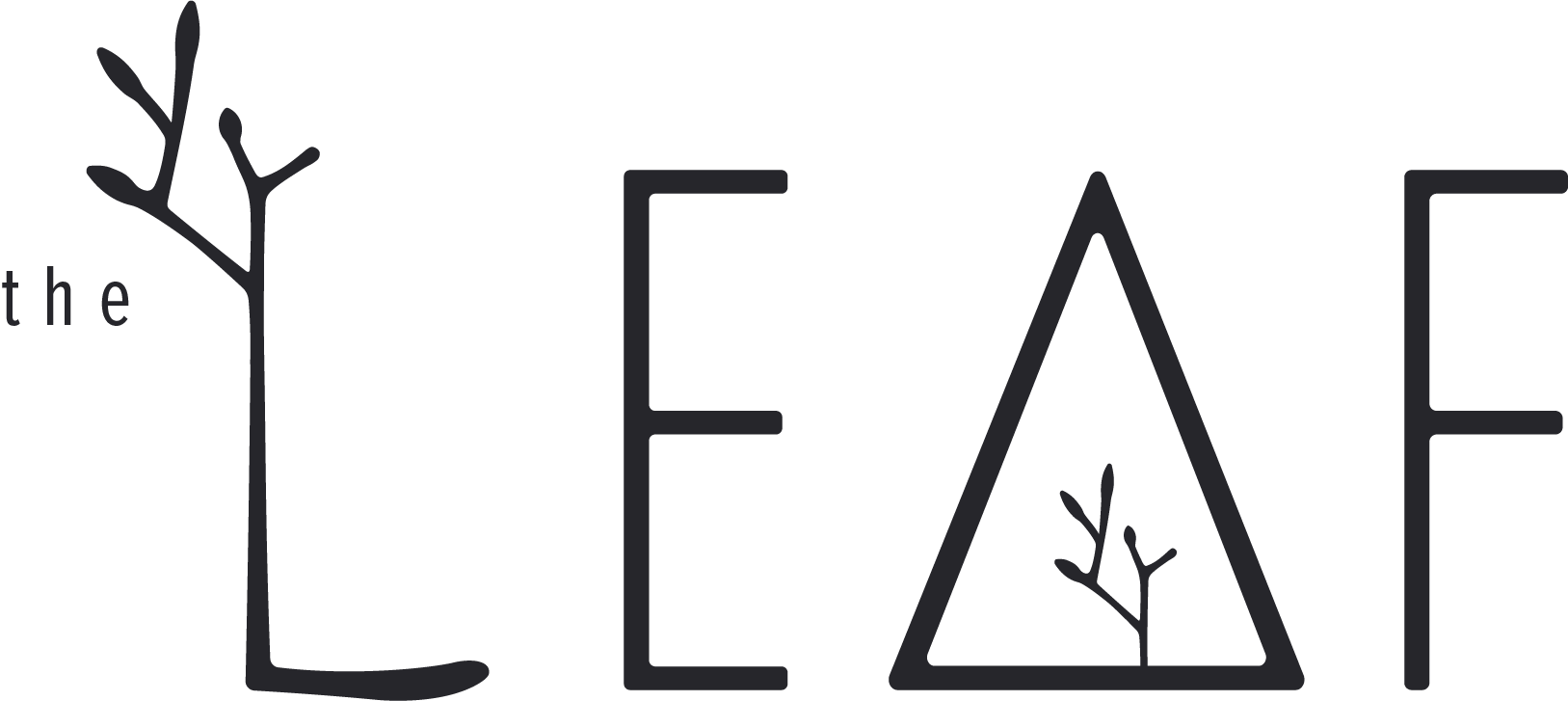Trees and the Circular Economy
Written by Rachel Davis
If you know anything about The LEAF Charity, you’ll know that we love trees. Pillars of strength, providing shelter, shade, beauty, homes, an abundant resource for our modern lives. So what do they have to do with the circular economy? In fact, what is the circular economy? Well, luckily for us, trees and the living system can help us to understand this term, and not just as a metaphor - they are a fine example of a circular economy in action.
You’d be forgiven for thinking that the circular economy is “basically just recycling” - after all, recycling goes around in a circle, does it not? However, the circular economy is much more than that and in fact, recycling is just one system within a much larger system of systems.
To start, let’s look at how our economy is traditionally set up - it’s linear and it’s extractive. The Ellen MacArthur Foundation (a wealth of information) describes this as the “TAKE > MAKE -> WASTE” system. To illustrate this concept, we TAKE resources from the planet (perhaps oil) and MAKE something (such as a plastic cup) and then we throw it into the WASTE (bin, trash, disposal). In this model, the resources have served us well: we have been able to use something as a vessel to carry our beverage - great. We then realise that this repeated action, all across the world has had a negative impact: we’ve depleted our oil supplies (the extraction and use of which is also negatively impacting the planet, but that’s a separate blog) and we now have a planet filled with plastic cups that don’t biodegrade. And, let’s be honest, the waste we make is not attractive.
On the other hand, the circular economy reviews all parts of our systems to make sure that:
all participants are effective,
there is a great circulation of wealth,
exchange is maximised
and all actors in the system have every opportunity to improve their own prosperity and in doing so improve the prosperity of everybody else.
Design is at the core of ensuring this system runs at its most effective and, most interestingly, the term and output of ‘WASTE’ is being designed out.
To better understand, let’s go to the forests and use their example:
You could imagine the tree to be linear: it TAKES nutrients from the soil -> it grows and MAKES leaves and blossoms -> and then there is WASTE as the leaves fall to the ground. But to think like this is to ignore everything else that is happening in the forest and what else the tree NEEDS to be able to THRIVE. The tree can’t just drop its leaves and claim them for itself, “These are my leaves!” - in fact, the leaves themselves are interrelated with other parts of the living system.
The tree can thrive because it is one part of the whole; it is one element of the system and it interacts with many other systems in order to do so. Have you thought about what a tree needs? Sunlight, water, soil nutrients - all mini systems in themselves and, again, parts of the whole. We don’t need to directly feed the tree but we do need to ensure that all the conditions are healthy - detritivores such as fungi and insects to help degrade leaves and release nutrients into the soil. The forest floor is covered in material providing food and shelter for thousands of creatures; everything is taken or used by something. Nothing is wasted. What’s interesting to note is that this process is not determined exactly - as in, the ‘who takes what’ - but every actor finds what it needs and takes it or uses it somewhere in the forest’s system.
As humans we feel security in being able to determine specific outcomes from set conditions. In this circular economy, everything is regenerative, accessible and abundant; there is a constant flow and feedback - definitive outcomes are less predictable such as: Where will the next tree grow? How much sunlight will shine? How much rain will fall? These variables are not measurable in the way we might like them to be, but the system works and adapts continuously. No one is interfering or given too much power.
History shares many examples with us where human interference with nature has backfired: for example cutting down trees on Easter Island, or using dichloro-diphenyl-trichloroethane (DDT) to combat malaria in Borneo.
Janine Benyus, a leader in biomimicry, teaches us to ‘Be generous’ - that in order to feed the trees, we need to feed the forest; ergo, rather than focusing on one part/system/problem, we need to zoom out and use Joel de Rosnay’s ‘macroscope’ to gain an overview of what is actually happening; to see ‘the bigger picture’ (the whole living system).
The Ellen MacArthur Foundation, who champion this field of expertise, have developed this infographic to best illustrate the circular economy and all its wonders (NB: recycling is just one of many systems; not an ‘answer’ to our waste problems.)
Ultimately, nothing grows forever. Elements of the forest grow and grow and then continue to thrive, a tree might live for thousands of years but it will eventually die. When applying the circular economy’s principles to our current extractive economy we want to see growth. However, un-ending growth is not feasible; a thriving economy is. Kate Raworth, author of doughnut economics, argues that we want our economies to be thriving even if they’re not growing, just like the forests.





